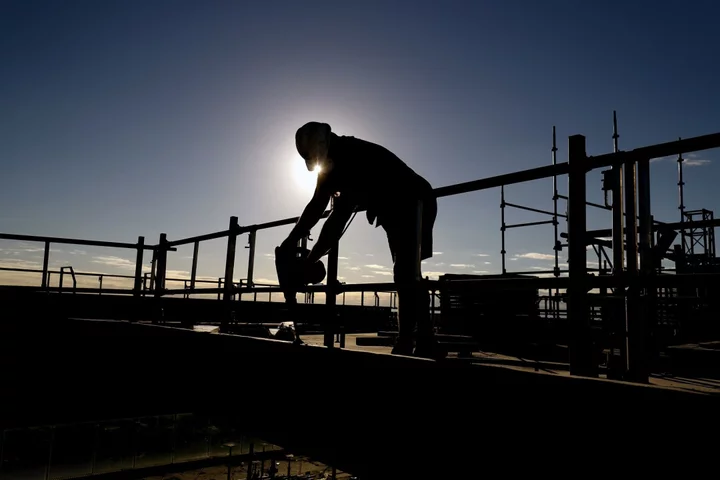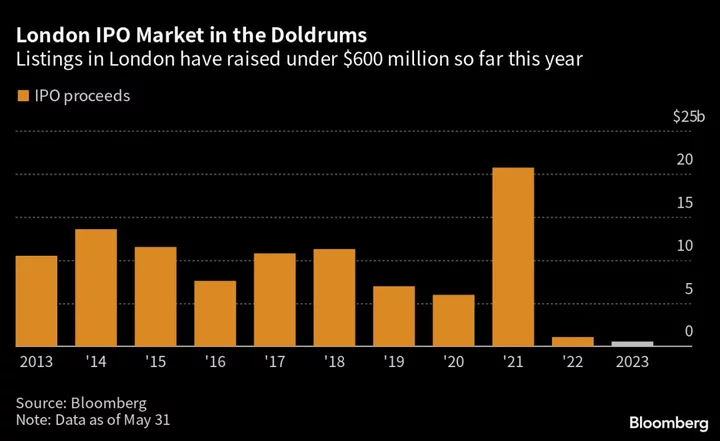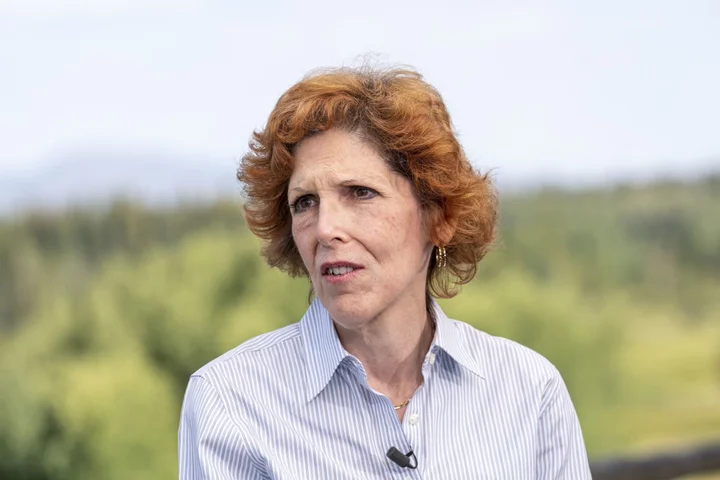Australian governments have unveiled multi-billion dollar plans in recent days to help address the nation’s deepening housing crisis, but an ongoing supply crunch suggests the cash is unlikely to make much of a dent in the problem.
The southeastern state of Victoria on Wednesday announced a suite of reforms including increased social housing and better planning processes in a bid to construct 800,000 extra homes over the next decade. Earlier in the week, New South Wales state, where Sydney is located, announced A$2.2 billion ($1.4 billion) in new housing and infrastructure projects.
That follows the federal government’s A$10 billion Housing Australia Future Fund that passed the upper house of parliament this month. Overall, the target set by Australian governments is to provide at least 240,000 new homes a year from July 2024.
“Will this solve the housing crisis? No,” said Flavio Macau, associate dean of School of Business and Law at Edith Cowan University. “So what the government is doing is bringing more money into the market, which is not a bad thing, but it’s not bringing more capacity to the market.”
The reason is that money flowing into the sector is set to boost demand and exacerbate existing constraints on building materials, workers and land, heating the market even further, economists say. The supply crunch has seen Australian house prices resume rising this year even after the central bank raised interest rates by 4 percentage points in 14 months.
“We will still see, in the coming years, demand outpacing supply,” Macau said. “And because supply can’t keep up, the most probable outcome is that you’ll see, on average, the usual amount of homes being delivered, but at a higher price. So it doesn’t help the problem of having more homes ready for Australians.”
Read more: Housing’s ‘Vicious Spiral’ Drags Australia Into Deepening Crisis
Potential solutions suggested by industry and economists include removing bureaucratic impediments to high-density building approvals near central business districts, providing incentives for pre-fabricated structures to help make home-building less labor-intensive and slowing the migration intake.
“It’s impossible to escape the conclusion that immigration levels need to be calibrated to the ability of the home building industry to supply housing,” said Shane Oliver, chief economist at AMP Ltd.
“Current immigration levels are running well in excess of the ability of the housing industry to supply enough homes, exacerbating an acute housing shortage and poor housing affordability.”
Oliver estimates that for home-building supply capacity of 200,00 dwellings a year, immigration would need to be cut to 260,000 from around 500,000 now.
Over time, as tighter monetary policy takes hold, “supply side constraints are likely to ease, leaving more capacity for public housing construction,” said Cherelle Murphy, chief economist at EY.









